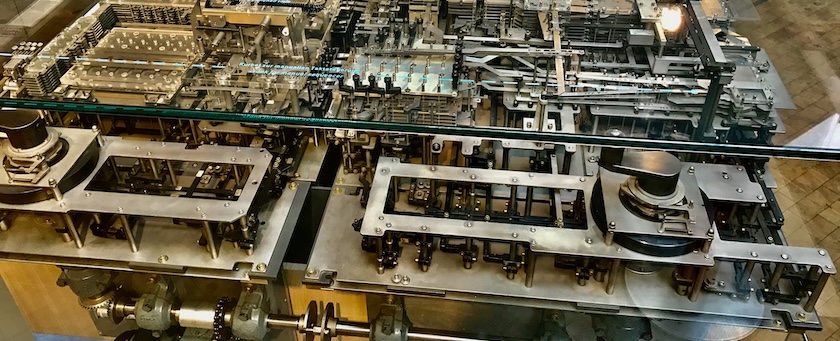
Recently I tried to catch up with the recent developments in platform engineering when I experienced once more a just too familiar déjà vu feeling. During my research, I came across the following definition of platform engineering:

In the first part of this two-part blog post, I explained why I think most job ads today are rather pointless and are not particularly helpful in finding the people you need. Then I discussed some pointers that lead the way towards better criteria for job ads and mapped them against the typical job ad of today.

Sometimes I read through job ads and almost always they leave me a bit at a loss. They always ask in a checklist style for some traits and experiences that based on my experience are either rather pointless or not really essential. Or they ask for a very narrow hyper-specialized profile garnished with the usual “you should be team-minded” antidote which is even worse regarding today’s challenges.

Should we really forget efficiency? No. But we should postpone focusing on efficiency until we are effective.

In the previous post, we explored why we need to be a bit rebellious to take the road towards becoming a “full-range engineer”.










